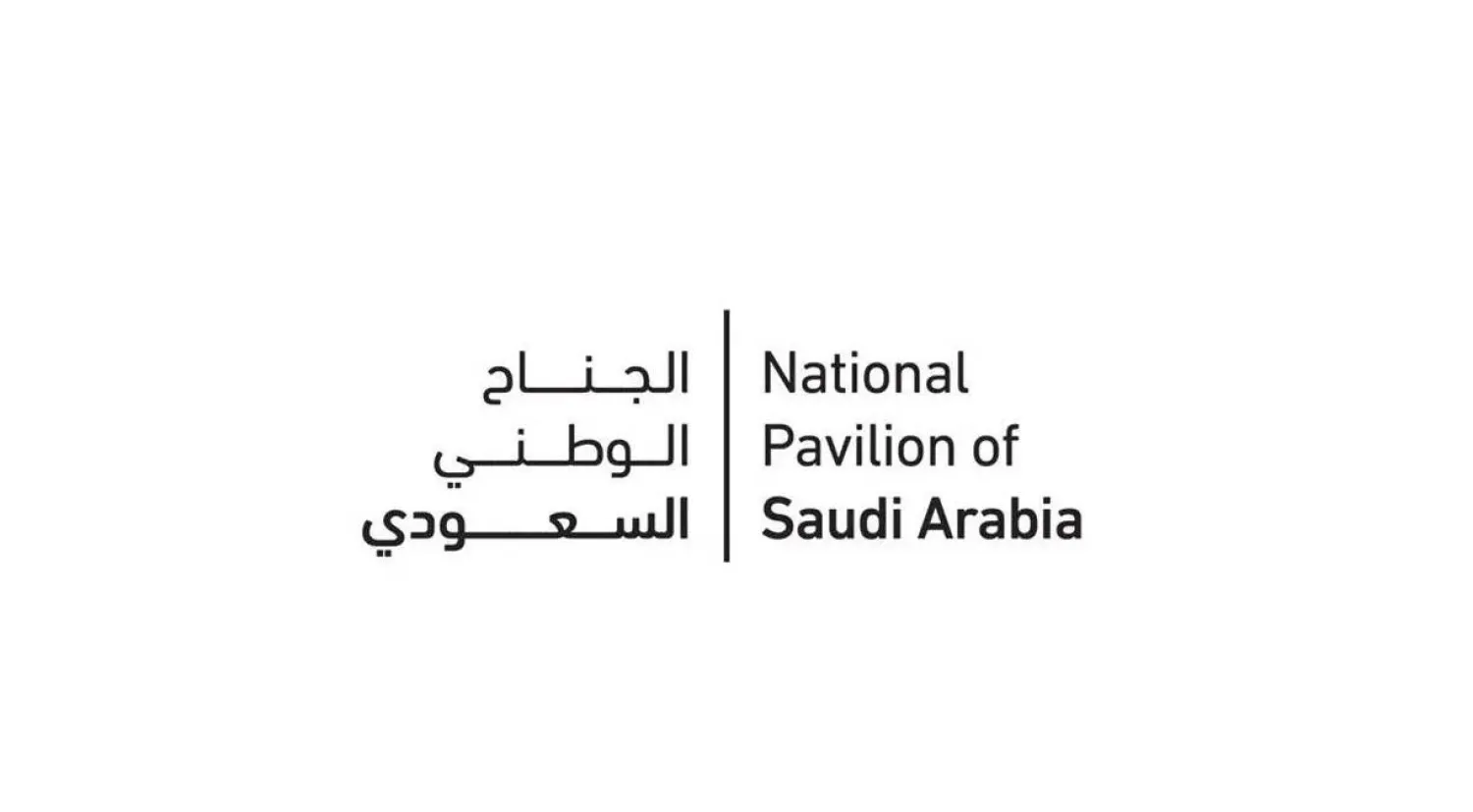Prince Mohammed bin Salman bin Abdulaziz Al Saud, Saudi Crown Prince and Prime Minister, has officially launched the Saudi Architecture Characters Map, featuring 19 distinct architectural styles inspired by the Kingdom’s diverse geographical and cultural characteristics.
It highlights Saudi Arabia’s commitment to celebrating the country’s architectural heritage, enhancing quality of life and modernizing the urban landscape in Saudi cities as part of Vision 2030.
As Chairman of the Supreme Committee for Saudi Architectural Design Guidelines, the Crown Prince emphasized that Saudi Architecture reflects the cultural and geographical diversity of the Kingdom. He further highlighted the importance of sustainable urban planning that harmonizes with the local environment while integrating traditional architectural elements into modern designs.
"Saudi Architecture blends our rich heritage with contemporary design thinking. We are enhancing urban landscapes and quality of life as well as building an architectural framework that balances the past and the present. This model will serve as a global source of inspiration for innovation in architectural design,” the Crown Prince said.
"Saudi Architecture will indirectly contribute to economic growth by making our cities more attractive to visitors and tourists, which will stimulate sectors such as tourism, hospitality and construction. It also envisions a future where our cities and communities thrive."
Saudi Architecture aims to enrich the urban architectural diversity of the Kingdom, elevate urban landscape in cities and empower local talent. By 2030, it is expected to contribute over SAR8 billion to Saudi Arabia’s cumulative GDP and create over 34,000 direct and indirect job opportunities across the engineering, construction and urban development sectors.
Designed with flexibility in mind, Saudi Architecture provides developers with guidelines that allow for modern building materials without imposing additional financial burdens. Each of the 19 architectural styles offers three design typographies: traditional, transitional and contemporary – encouraging creative expression while preserving the authenticity of local architecture.
The implementation of Saudi Architecture will unfold in a phased manner. The first phase will focus on Al-Ahsa, Taif, Makkah and Abha, where initial applications will target major projects, government buildings and commercial structures.
The Saudi Architecture Characters Map highlights 19 architectural styles inspired by geographical, natural and cultural characteristics, derived from urban and historical studies of building traditions passed down through generations. These styles include Central Najdi, Northern Najdi, Tabuk Coast, Madinah Rural, Inner Madinah, Hejazi Coast, Taif Highlands, Sarawat Mountains, Aseer Escarpment, Tuhama Foothills, Tuhama Coast, Farasan Islands, Abha Highlands, Bisha Desert, Najran, Al Ahsa Oasis, Al Qatif Oasis, East Coast and Eastern Najdi.
Efforts to implement Saudi Architecture are driven by partnerships across government agencies, engineering firms and real estate developers. Architectural design studios will support engineers and designers through engineering guidelines, training workshops and skill development programs to ensure the highest standards of sustainability and quality.









